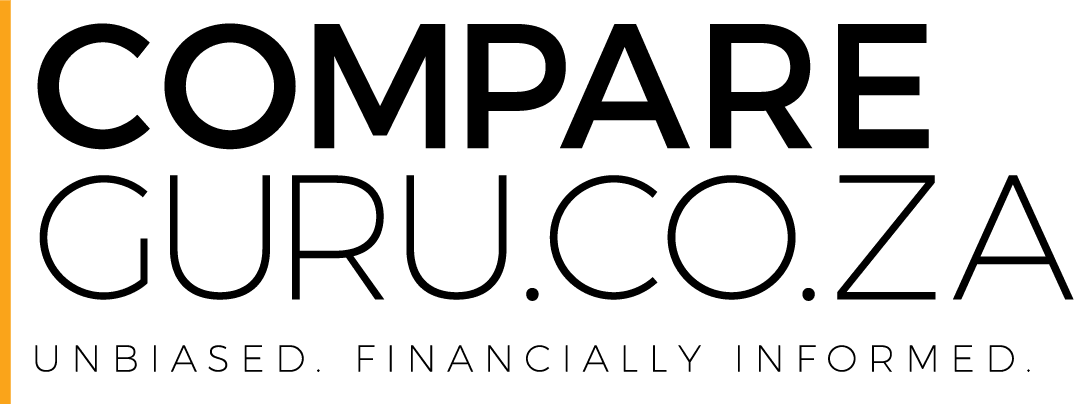CompareGuru Financial Services is an authorised financial services provider FSP. 47696
Applying for insurance may seem a little daunting at first, with all these terms and clauses being thrown your way. In Part Three of our Insurance Handbook, we'll have a look at some more of the most important terms you may come across, from Reinsurance to Risks, Third-Party to Underwriter.
When it comes to any form of insurance, it's important to understand exactly what you’re reading, and what it is that you're agreeing to. So, we've put together some of the most important terms you may come across when applying for, or managing, your insurance.
We began Part One and Two of this Insurance Handbook covering everything from All Risk Insurance to The Ombudsman. Now, let's continue onward.
And, as always, if you're still unsure about anthing at all, you've got a Guru standing by to guide you.
P – All About Policies
Peril – Plainly, a peril can be defined as the occurrence or happening of something that causes or culminates in a loss. Only perils specifically stated in the insurance policy are covered.
Policy – This is the written contract effecting insurance, acting as evidence of the terms of the insurance contract. It commonly includes all clauses, riders, endorsements and relative information. A policyholder, therefore, is the insured.
Policy Anniversary Date – A long-standing policy, such as life insurance, commonly requires an annual review to assess the situation of the policyholder.
Policy Schedule – A total outline of the cover provided under the policy. It shows all personal details of the policyholder, as well as the cover given and the relevant limits, sums insured and excess.
Policy Wording - The terms and conditions that are set out in your policy.
Pre-Existing Condition – With regards to health insurance. For example, if a person has recently suffered a heart attack and then wishes to get insurance, it means that this person wants to enter the insurance with a pre-existing condition. The risk of them having another heart attack, or suffering from related conditions in the future, could be higher. Therefore, the coverage might be limited, their premiums may be higher or they may have to get dedicated cover.
Premium – The price one pays in return for insurance protection for a specified risk, for a specified period of time.
Pro-Rata - This latin term means in the same proportions and is used in the legal and financial context to describe different periods of time. For example, if you have joined a company on the 4th day of the month, you will be paid for the days you have worked, instead of a full calendar month.
Proof of Ownership – This is any form of evidence to show that the client actually owns the property. This could take the form of an invoice, photograph or certificate. For this reason, it's wise to keep all purchase slips for expensive items you've purchased.
Proof of Quantum – This sounds a lot more complicated than it actually is. The term refers to the value of any item being claimed. The insured will have to prove the quantum by submitting invoices for that item.
Q – Quick, Reliable Quotes
Quote – When searching for the best possible insurance product to meet your specific needs or budget, a person may request quotes from insurance companies. These quotes detail the cover options available, as well as the related premiums. CompareGuru does this for you – sourcing the best possible quotes from reliable insurers all across South Africa. Whether you're looking to insure your car, household contents, building or life – you can compare quotes online.
R – Risks and Repudiation
Regular Driver – Related to car insurance. The regular driver is a person listed with the insurer to be the driver who regularly operates the vehicle. This person is not insured themselves, but the vehicle is.
Reinsurance – This is a common term which tends to confuse a lot of people. In essence, reinsurance is the insurance that an insurance company buys for its own protection. It’s insurance for the insurer. The risk of a large loss is hereby spread so that a massive loss under a single policy doesn’t fall on one company. Reinsurance allows the insurance company to stabilize underwriting results, finance expansion and secure protection against catastrophic losses.
Renewal – This is the process of continuing insurance cover for a further period, after the first or current period of cover has ended. Short-term insurers will issue the insured with a renewal notice to remind them that their contract will be terminating soon.
Replacement Cost - The cost to replace an asset at the same or equal value in the event of a robbery or damage to the asset.
Repudiation – In insurance terms, repudiation refers to the decision by the insurer to refuse payment of a claim for some or other reason.
Residual Benefit – Related to disability insurance, this is a benefit paid out to the insured upon developing a disability, resulting in a loss of income due to the inability to work.
Risk – A risk is commonly defined as a situation which cannot be entirely foreseen or controlled, such as being hijacked, the development of a critical illness or being involved in a car accident. Risk can then be seen as the very subject matter of an insurance contract.
Risk Class – In insurance underwriting, risk class refers to the grouping of insured persons into similar levels of risk. Typically, you’ll have people grouped by factors such as smoking or non-smoking, male or female, age and married or single.
S – Thinking Short Term
Salvage – In insurance terms, salvage refers to the insurance company becoming the owner of the insured’s damaged property after replacing it. This applies to movable property, such as vehicles or appliances, etc.
SASRIA – Stands for South African Special Risk Insurance Association. It is generally known as unrest, riot, strike or public disorder insurance.
Short-Term Insurance – This kind of insurance operates on a year to year basis. It may be terminated by the insurer or insured at any time, and includes cover for your vehicle, household contents and much more.
Subrogation – This is an old term. Subrogation is the right of one party – such as the insurer – to stand in the place of another – such as the policyholder – and take up the latter’s legal rights against a third party in respect of a claim.
Sum Insured – The amount for which the insured’s property is insured. It is the maximum amount that an insurance company will pay for any claim.
T – Third Party Liability
Third Party Insurance – When involved in a car accident, this type of car insurance provides compensation for the injury or damages inflicted upon the other driver’s vehicle. You will then have to cover the damages to your own vehicle out of your own pocket.
One step up from this insurance plan is the Third Party, Fire and Theft insurance – which adds additional cover for your own vehicle in the event of fire damage or theft.
Travel Insurance - Covers medical expenses, trip cancellation, lost luggage, flight accident, and other losses incurred while travelling, both internationally or within one's own country.
U – Underwriting and Underinsured
Underinsured – In the event of the insured sum not being enough to fully replace or reinstate the value of the property at risk, we may say that the property is underinsured. As with over-insurance, the average will be applied.
Underwriter – An individual trained to evaluate risks and determine rates and coverage for those risks – or alternatively, reject them. Underwriting is the process of classifying these risks according to their degrees of insurability, so that appropriate rates may be assigned.
W – That’s a Write Off
Waiting Period - A period of time in which no claims can be made.
Waiver of Premium - This relinquishes the policyholder's obligation to pay any further premiums should he become seriously ill or disabled. This ensures people can still benefit from a policy, even when they cannot work.
Write Off – Sometimes, an accident can damage a car so badly that it isn’t repairable – or the cost of repairs will actually exceed the value of the car. A vehicle is classified as a write off when the damage is so extensive that it just isn’t worth repairing it. Also known as a total loss.
Without Prejudice – In written communication, this term refers to the reservation of rights by the party who writes the communication. Without prejudice therefore protects the writer, in the sense that the written communication cannot be used against the writer in court or any communications that may follow.
The A-Z of CompareGuru’s most important insurance terms is constantly updated.
Is there a tricky insurance term which you would like us to clarify or explain? Let us know! You've got a Guru standing by to guide you!
CompareGuru knows what's good. You'll never need another insurance comparison tool again!
Sign up to our newsletter to stay up-to-date on our latest tips on how to get the best out of your insurance, what insurance really means and how to avoid any pitfalls along the way.
CompareGuru has you covered.


